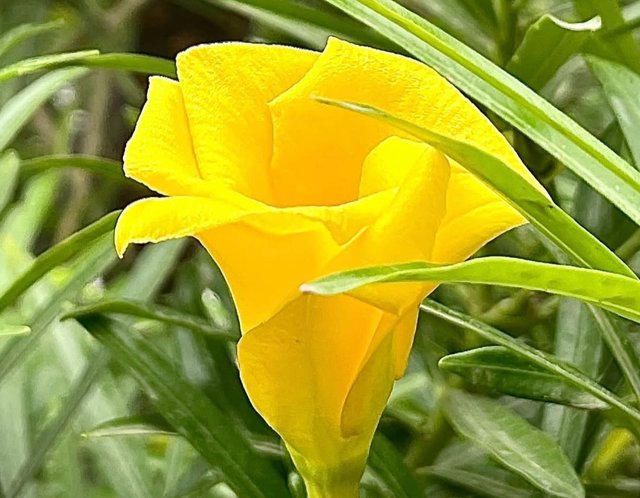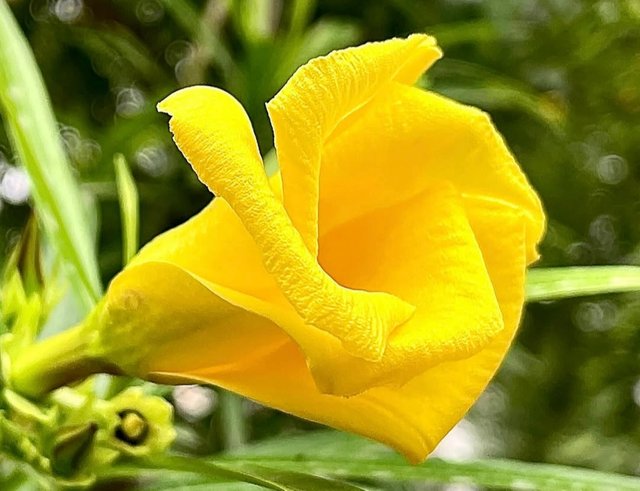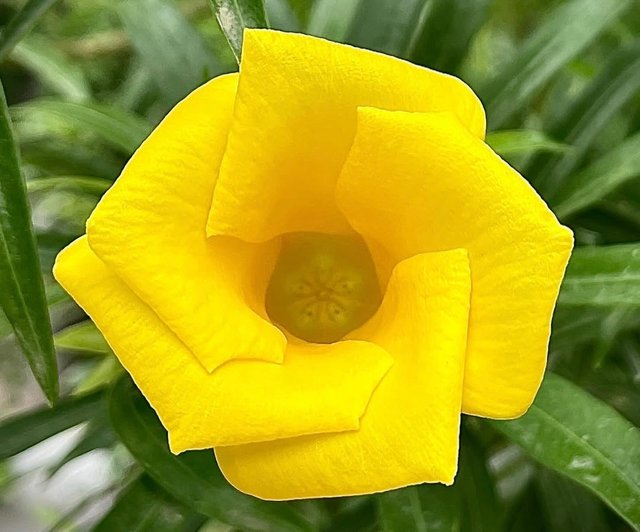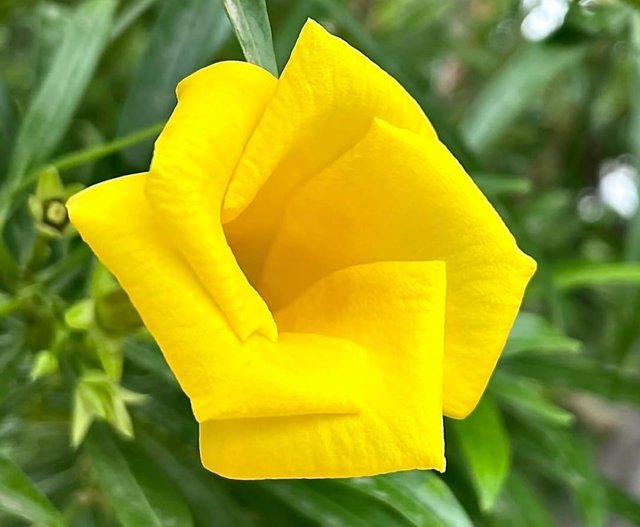The Alluring Beauty of the Yellow Oleander Flower
Thevetia peruviana, commonly known as yellow oleander, lucky nut, or be-still tree, is a striking tropical flowering plant that captures the eye with its vibrant golden-yellow blooms. Native to Central and South America, it has found a loving place in gardens and landscapes around the world, especially in tropical and subtropical regions. Its dazzling flowers and hardy nature make it a favorite for adding color and life to outdoor spaces.
Thevetia peruviana is an evergreen shrub or small tree that can grow up to 6 meters (20 feet) tall. Its glossy, dark green leaves form a lush backdrop to clusters of funnel-shaped, bright yellow flowers. These flowers often bloom year-round in warm climates, making the plant a constant source of sunshine in the garden.The blooms typically measure about 5–7 cm across, with a slight orange or darker yellow throat, creating a radiant contrast that attracts pollinators such as bees and butterflies. After flowering, the plant produces smooth, green, olive-shaped fruits that later turn black as they mature.
In many cultures, Thevetia peruviana is planted as an ornamental shrub for its brilliant flowers and its ability to form attractive hedges or borders. Some even consider it a “lucky” plant, earning it the nickname “lucky nut.”However, its significance goes beyond aesthetics. In traditional medicine, certain parts of the plant have been used for various treatments, but this is accompanied by a strong caution due to its toxic properties.
Captured by @pixelmit – bringing nature’s wonders to life, one frame at a time.From vibrant petals to fleeting moments,every shot tells a story worth sharing.




Upvoted! Thank you for supporting witness @jswit.